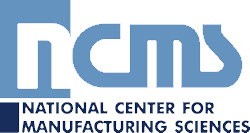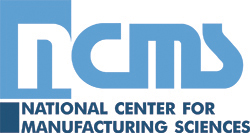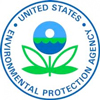| Presented in Partnership with: | |||
 |
 |
 |
 |
MEMORANDUM
SUBJECT: Applicability of 40 CFR Part 63, Subpart N: Chromium Electroplating and Anodizing NESHAP to Continuous Steel Coil Plating
FROM: John B. Rasnic, Director
Manufacturing, Energy and Transportation Division
Office of Compliance
TO: David Kee, Director
Air and Radiation Division
U.S. EPA Region 5
Over the past several months, this office has received several requests asking whether companies that have continuous steel coil chromium plating operations must comply with subpart N, the chromium electroplating and anodizing NESHAP. In considering the plating parameters and the function desired from the coating material, facilities that electroplate chromium to steel coils must meet the requirements for hard electroplating. Although the background information does not specifically include this type of operation, the rule provides EPA the opportunity to determine whether individual processes meet the scope and intent of the rule.
Three facilities have provided information to this office describing their current density, bath constituents, plating times, plating thicknesses, and desired functional properties. Subpart N requirements for hard plating apply to continuous steel coil coaters based on two of the described factors. All facilities describe current densities that fall within the range provided for hard plating (1600 to 6500 A/m2) in the rule. All three facilities (National Steel (6500 A/m2), LTV (1400 to 1900 A/m2), and U.S. Steel (780 to 3500 A/m2)) current densities fall within the range provided in the definition for hard chromium electroplating. The current density as much as any factor controls the production of hydrogen gas. The greater the production of hydrogen gas, the greater potential for hexavalent chromium emissions. Secondly, this plating process does not seek to achieve a bright, reflective surface typical of a decorative process, but rather the plated chromium provides a dull coating that increases laquerability. This process is considered an intermediary industrial process done before a final organic coating is applied to the steel coil.
This process although not having typical hard chromium plating thicknesses or plating times does fit the intent of the hard chromium definition. Subpart N describes typical parameters for hard and decorative electroplating, but these values are not exclusive. Processes that have plating parameters outside the described ranges are not automatically outside the scope of the rule. Electroplating and anodizing are processes often tailored to the plated substrate and to the properties desired from the plated chromium. Subpart N intends to regulate the emissions of chromium from electroplating and anodizing operations and developed two emissions standards based on the potential for emission. The estimated emissions from continuous steel coil coating operations are consistent with those expected from other hard electroplating facilities with similar current densities.
If you have questions regarding this determination, please call Greg Waldrip at 202-564-7024.
cc: John Seitz, OAQPS
Lalit Banker, OAQPS
Mamie Miller
Greg Waldrip
Regional Air Enforcement Contacts
George Czerniak, Region 5
 |
 |
 |
 |
 |
| Home | Subscribe | Regulations | Compliance Assistance | News | Resources | Resource Locators | Directories | Online Training | About | Search | NASF.org |
The information contained in this site is provided for your review and convenience. It is not intended to provide legal advice with respect to any federal, state, or local regulation.
You should consult with legal counsel and appropriate authorities before interpreting any regulations or undertaking any specific course of action.
Please note that many of the regulatory discussions on STERC refer to federal regulations. In many cases, states or local governments have promulgated relevant rules and standards
that are different and/or more stringent than the federal regulations. Therefore, to assure full compliance, you should investigate and comply with all applicable federal, state and local regulations.